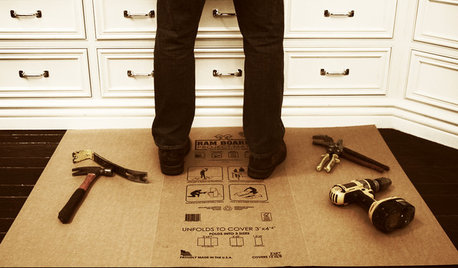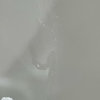Bathroom Walls - Hardibacker, Densshield or Greenboard?
NJHM
11 years ago
Featured Answer
Comments (18)
doin-stuff-right
11 years agolast modified: 9 years agoBilll
11 years agolast modified: 9 years agoRelated Professionals
La Verne Kitchen & Bathroom Designers · Adelphi Kitchen & Bathroom Remodelers · East Tulare County Kitchen & Bathroom Remodelers · Camarillo Kitchen & Bathroom Remodelers · Chandler Kitchen & Bathroom Remodelers · Fort Pierce Kitchen & Bathroom Remodelers · Glen Allen Kitchen & Bathroom Remodelers · Kendale Lakes Kitchen & Bathroom Remodelers · Wilson Kitchen & Bathroom Remodelers · Homer Glen Cabinets & Cabinetry · Wyckoff Cabinets & Cabinetry · Berkeley Window Treatments · Gadsden Window Treatments · North Tustin Window Treatments · Seattle Window Treatmentsterezosa / terriks
11 years agolast modified: 9 years agoNJHM
11 years agolast modified: 9 years agoBilll
11 years agolast modified: 9 years agoterezosa / terriks
11 years agolast modified: 9 years agodoin-stuff-right
11 years agolast modified: 9 years agobill_vincent
11 years agolast modified: 9 years agobill_vincent
11 years agolast modified: 9 years agoenduring
11 years agolast modified: 9 years agobill_vincent
11 years agolast modified: 9 years agopharaoh
11 years agolast modified: 9 years agoNJHM
11 years agolast modified: 9 years agobill_vincent
11 years agolast modified: 9 years agoNJHM
11 years agolast modified: 9 years agoBunny
10 years agolast modified: 9 years agoxedos
10 years agolast modified: 9 years ago
Related Stories

BATHROOM DESIGNOut With the Old Tile: 8 Steps to Prep for Demolition
This isn't a light DIY project: You'll need heavy-duty tools and plenty of protection for your home and yourself
Full Story







hags00